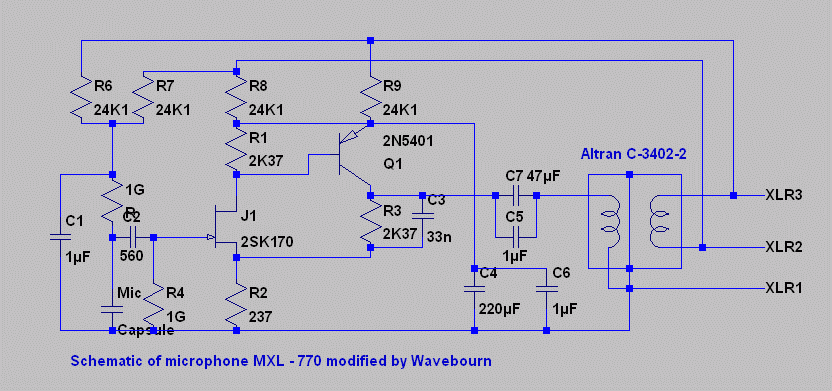[quote author="Wavebourn"]Does not matter what kind of FET, either metal-dielectric-semiconductor, or metal-oxide-semiconductor, or reverse biased PN junction, anyway capacitive input impedance part is absolutely dominant. It is like a moisture during a rainy weather: it is not good, not bad, it IS THE FEATURE. So, use it properly, that's it.
Another story is transfer characteristic... FETs are good voltage controlled resistors. This particular feature may be used in compressors, for example, if to use FETs in controlled voltage dividers. In amplifiers the same feature gives high level of 2'nd order distortions. Again, it is the feature that may be used both for good or for bad.
I repeat, "it sounds cool when painted blue, sounds warm if painted red". As any device if to use with specific features in mind the result will be as desired.
[/quote]
A FET's channel conductance is responsive to a changing input voltage (Vg-s), unlike a bipolar transistor whose Collector current is a multiple of base-emitter current. Both devices have input capacitance, but in neither case does it characterize their behavior, perhaps for the FET it is a fair characterization of it's input impedance.
I can't comment on red/blue/green, but either FET or bipolar can sound good when properly applied.
JR
PS: the FET mic pre's linked to suggest use with step up transformer so I stand with my original observation.


































